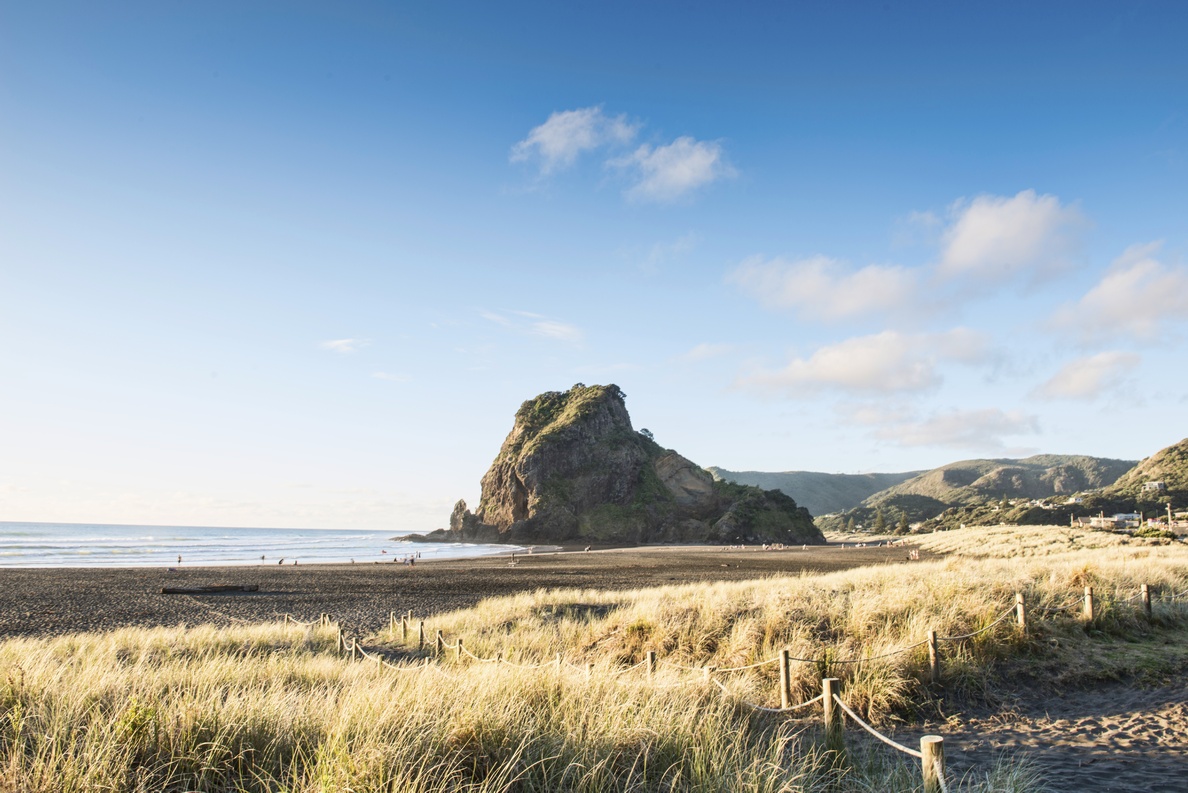Marine ecology state and trends in Tāmaki Makaurau / Auckland to 2019
Author:
Tarn P DrylieSource:
Auckland Council Research and Evaluation Unit, RIMUPublication date:
2021Topics:
EnvironmentExecutive summary
The coastal marine environment is a defining feature of Tāmaki Makaurau / Auckland. Auckland Council conducts long-term monitoring of benthic (seafloor) ecology in estuaries around the region as part of its broader State of the Environment programme, enabling assessments of ‘health’ (i.e. state) and detection of changes through time (i.e. trends). This monitoring partly fulfils Auckland Council’s obligations under the Resource Management Act 1991. The information gained is used to identify issues and inform policy development and environmental decision-making.
Benthic ecology monitoring focuses on surface sediment characteristics and macrofauna to assess the ecological health of intertidal sandflats. Healthy sandflats support ecosystem functions that allow Aucklanders to obtain a range of ecosystem services from estuaries (e.g. cultural and recreational opportunities, food production and disturbance regulation). This report presents the latest results from benthic ecology monitoring of all sampled estuaries (including the Kaipara, Manukau, Waitematā and Mahurangi Harbours and eight smaller east coast estuaries) together for the first time, providing a unique opportunity to identify patterns and pressures from 136 sites spanning the region. Results show 6% of sites have ‘excellent’, 22% have ‘good’, 22% have ‘fair’, 29% have ‘marginal’ and 21% have ‘poor’
overall health.
Impacts from increased sedimentation were detected in all estuaries. Although Kaipara Harbour has predominantly ‘good’ health (according to the combined health score), multiple trends consistent with recent sedimentation were found at all sites except Kaipara Flats. Likewise, all small east coast estuaries are affected by sedimentation with Okura, Mangemangeroa and Turanga exhibiting the greatest number of recent concerning trends (Whangateau, the northern-most estuary, has the fewest).
The tidal creeks of Manukau Harbour and Central Waitematā are very muddy and have mostly low health related to this pressure, but the open sandflats tend to have lower sediment mud content and better health. There are no concerning trends related to sedimentation in Manukau, but there are for some tidal creek and sandflat sites in Central Waitematā (namely around Meola Reef, Hobsonville, Whau River and Henderson Creek). There is no distinction between the tidal creek and open sandflat sites in the Upper Waitematā, however, with most having high mud content and ‘marginal’ health (three sites in the centre of the harbour are exceptions). Furthermore, trends indicative of increased sedimentation have begun within the last five years at five sandflat sites throughout Upper Waitematā, implying recent sedimentation impacts.
Heavy metal contamination is another region-wide pressure on estuarine benthic health but is less prevalent than sedimentation. Trends related to metals in the Kaipara and Mahurangi harbours require close observation as they may reflect recent contamination. In the Manukau and Central Waitematā harbours, health in relation to metals again tends to be lower in the tidal creeks (mostly ‘fair’ or ‘marginal’) than the sandflats (mostly ‘excellent’ to ‘fair’), but there is no distinction between these areas in Upper Waitematā (all sites are ‘fair’ or ‘marginal’). Nevertheless, health related to metals is improving in Upper, Central and Outer Waitematā tidal creeks, suggesting historic rather than recent inputs.
Nutrient enrichment may be affecting benthic health in some restricted areas, including the eastern side of Mahurangi Harbour, throughout Upper Waitematā and the western side of Central Waitematā. This is implied from trends in sediment organic content and chlorophyll a concentration, which are expected to increase in response to elevated nutrients. These assertions need further investigation, however, and development of more rapid and sensitive indicators of nutrient enrichment is required.
According to the most recent available combined health score, Manukau is the only large harbour with a site scoring ‘excellent’ overall health (the sandflat site near Auckland Airport), while Puhoi, Orewa, Okura, Turanga and Waiwera all have at least one site in this category. Of the large harbours, all except Kaipara contain a site with ‘poor’ health (although these are confined to the tidal creeks in Manukau and Central Waitematā), whereas none of the smaller east coast estuaries have any sites that are considered ‘poor’.
Auckland Council technical report, TR2021/09
Published February 2021.
See also
Auckland Council's State of the environment report 2020
The health of Tāmaki Makaurau / Auckland’s natural environment in 2020
